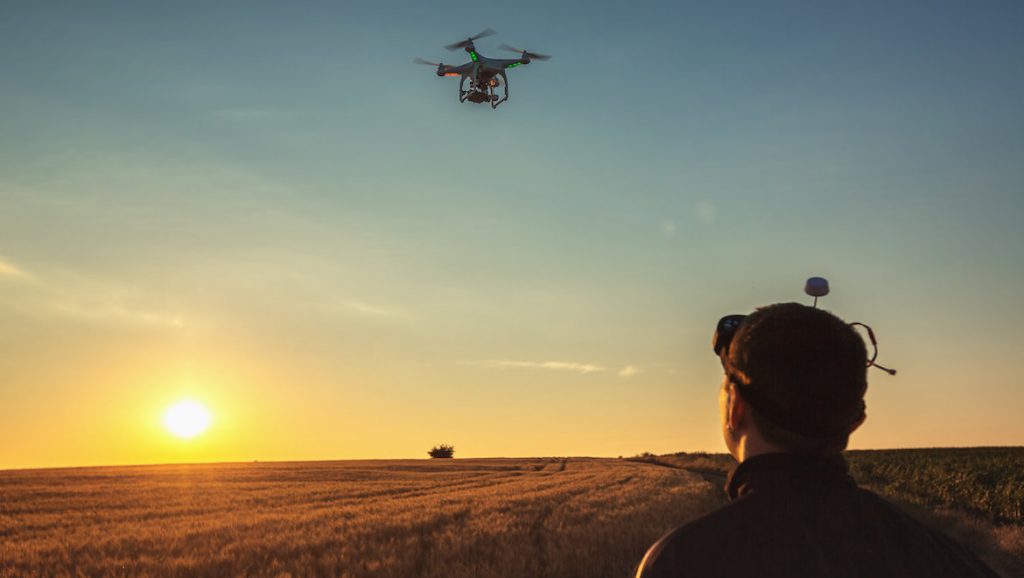
New rules allowing small automated drones to fly above the heads of humans and at night have officially come into place, following an earlier announcement by the Federal Aviation Administration to introduce such regulations.
The new regulations over the use of unmanned aerial vehicles (UAVs), otherwise known as autonomous drones, in the same area as humans is seen as the first major step towards the widespread use of drones in lieu of other traditional methods for the delivery of commercial goods and packages.
US Secretary of Transportation Pete Buttigieg stated that the new rules are an “important first step” in the safe management of shared spaces between people and drones, though said “more work remains on the journey to full integration”.
The FAA finalised its provisions over the use of fully automated drones in relation to shared spaces with humans, both during the day and at night, in January this year.
According to American Robotics, the first US company to be approved to utilise fully automated drones to fly “over people”, the first commercial use of said drones will be exclusively outside of major cities, for use in industrial and agricultural settings.
For drone operations at night, the UAVs must be equipped with anti-collision lights.
Prior to the FAA’s landmark decision, commercial drone operations required the drone pilot to be within line of sight of the drone while in flight.
Further, drone operators required special, one-off waivers in order to fly overhead of people.
The decision marked a major milestone for future drone delivery service operators, such as Amazon, as it paves the way for such services to operate unmanned – a notorious goal of the giant US retailer.
The FAA has also introduced measures that require drones to be fitted with remote identification technology to enable their identification from the ground.
Drone manufacturers will now have 18 months to begin producing drones with said Remote ID, and operators will have an additional year to provide Remote ID to existing systems.
The new rules also require that they broadcast Remote ID messages via radio frequency broadcast.












